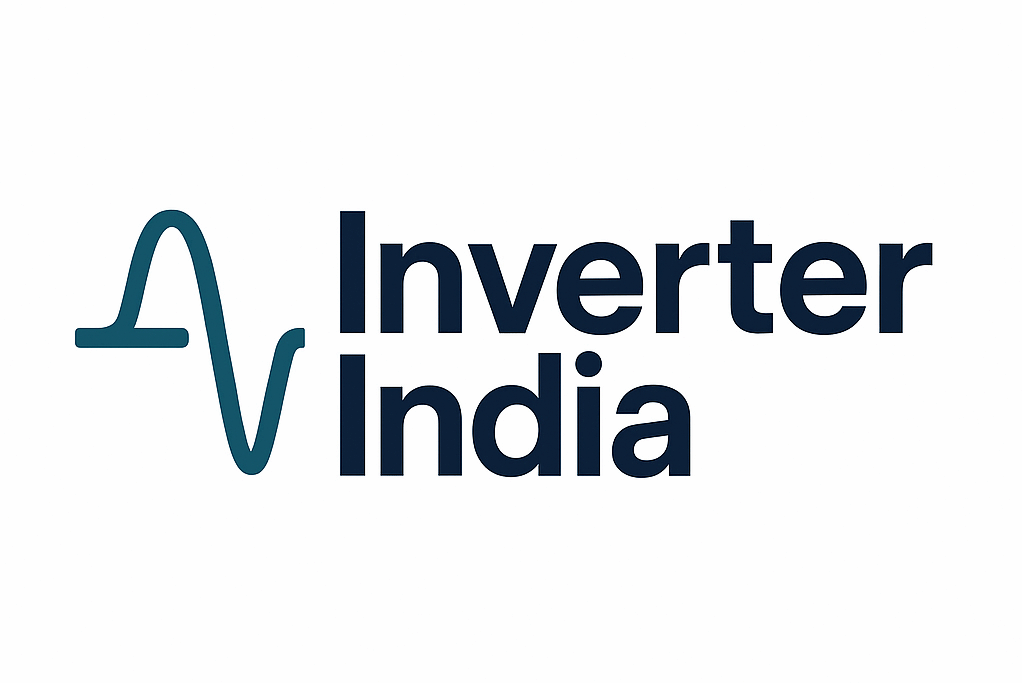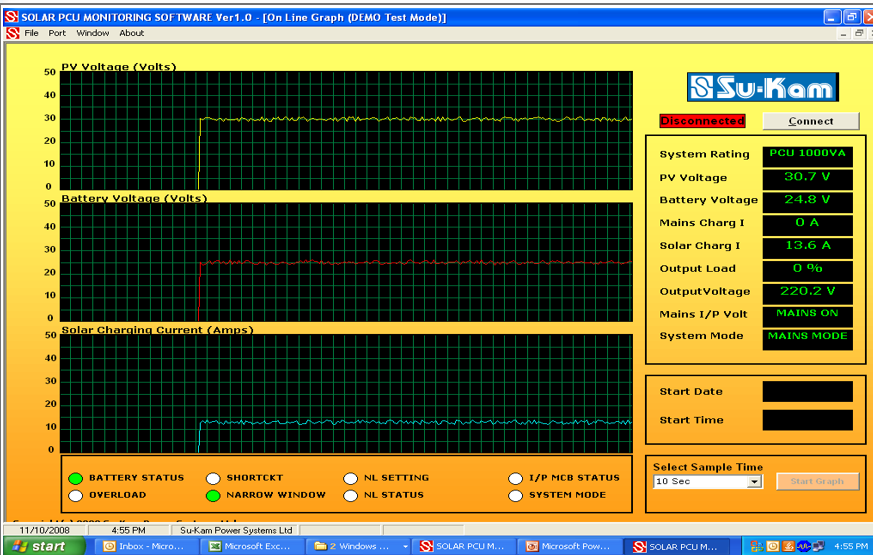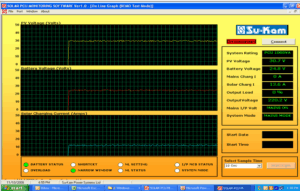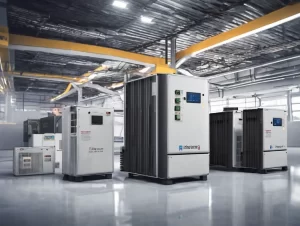Brainy Eco: The Revolutionary Hybrid UPS That Changed Home Power in India brainchild of Kunwer Sachdev
Remember a time when power cuts meant complete darkness and relying solely on noisy, inefficient inverters? For many Indian households, that changed dramatically around 2010, thanks to a pioneering innovation brainchild of Inverter man of India
Su-Kam Brainy Eco Hybrid PCU. This “Smartest Hybrid UPS In Town” wasn’t just a product; it was a revolution, conceived by the visionary
Kunwer Sachdev, often hailed as the “Inverter Man of India.”
Before the Brainy Eco, homes without solar power were often paying over Rs. 500 per month just to charge their inverter batteries from the grid, with a grid tariff of Rs. 7/unit. The challenge was clear: how to integrate solar power intelligently and efficiently into home backup systems.
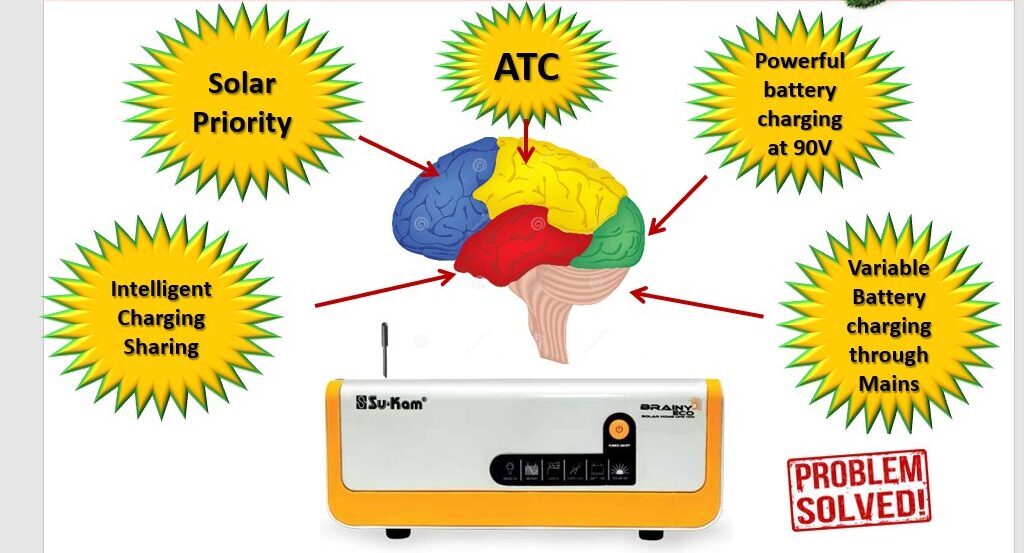
A UPS with a Brain
Kunwer Sachdev’s genius lay in designing a UPS that truly had a “brain.” The Brainy Eco, a Pure Sine Wave Solar Home UPS, available in models like 900/1100-12V and 1600/24V, solved the existing problems with a suite of intelligent features:
Solar Priority: This groundbreaking feature ensured that solar power was always the primary source, maximizing the use of clean energy and reducing reliance on the grid.
Intelligent Charging Sharing: The Brainy Eco intelligently managed charging from both solar and the grid, ensuring optimal battery charging. It even allowed for powerful battery charging with input voltages as low as 90V.
Variable Battery Charging through Mains: Users had the flexibility to set the grid charging current (5A, 10A, 15A), giving them control over how much grid power was used for charging.
ATC (Automatic Temperature Compensation): This feature, crucial for battery health, adjusted charging parameters based on ambient temperature, significantly increasing battery life by at least 6 months.
4th Generation Microprocessor: The Brainy Eco boasted a 44-pin microprocessor, ensuring noiseless operation and faster processing, making it a true technological evolution.
DT-6S Battery Charging Technology: This “Super Six” stage charging technology further optimized battery performance and longevity.
Static Bypass: A crucial safety feature, especially in peak summer temperatures, the static bypass allowed the load to continue running directly on grid supply even if the inverter failed, a solution not offered by normal inverters at the time.
The Impact and Legacy of Kunwer Sachdev
- The Brainy Eco was “Amazingly Powerful,” capable of running the load and charging the battery simultaneously using solar power. It integrated a powerful 30A solar charge controller.
This innovative hybrid PCU quickly became a massive success, setting a new standard for home power backup solutions. It empowered consumers to “Create Your Own Powerhouse” and “Utilize the Solar Power Smartly.” The battery charging efficiency through solar was an impressive 98%.
Today, you’ll find that many companies have adopted and copied the model pioneered by Su-Kam and Kunwer Sachdev. The features that were once revolutionary in the Brainy Eco are now considered standard in hybrid inverters. This truly speaks volumes about the foresight and engineering prowess that went into its design.
Kunwer Sachdev’s vision with the Brainy Eco didn’t just introduce a product; it ushered in an era of intelligent, eco-friendly, and cost-effective power solutions for homes across India, solidifying his legacy as a true innovator in the field.
